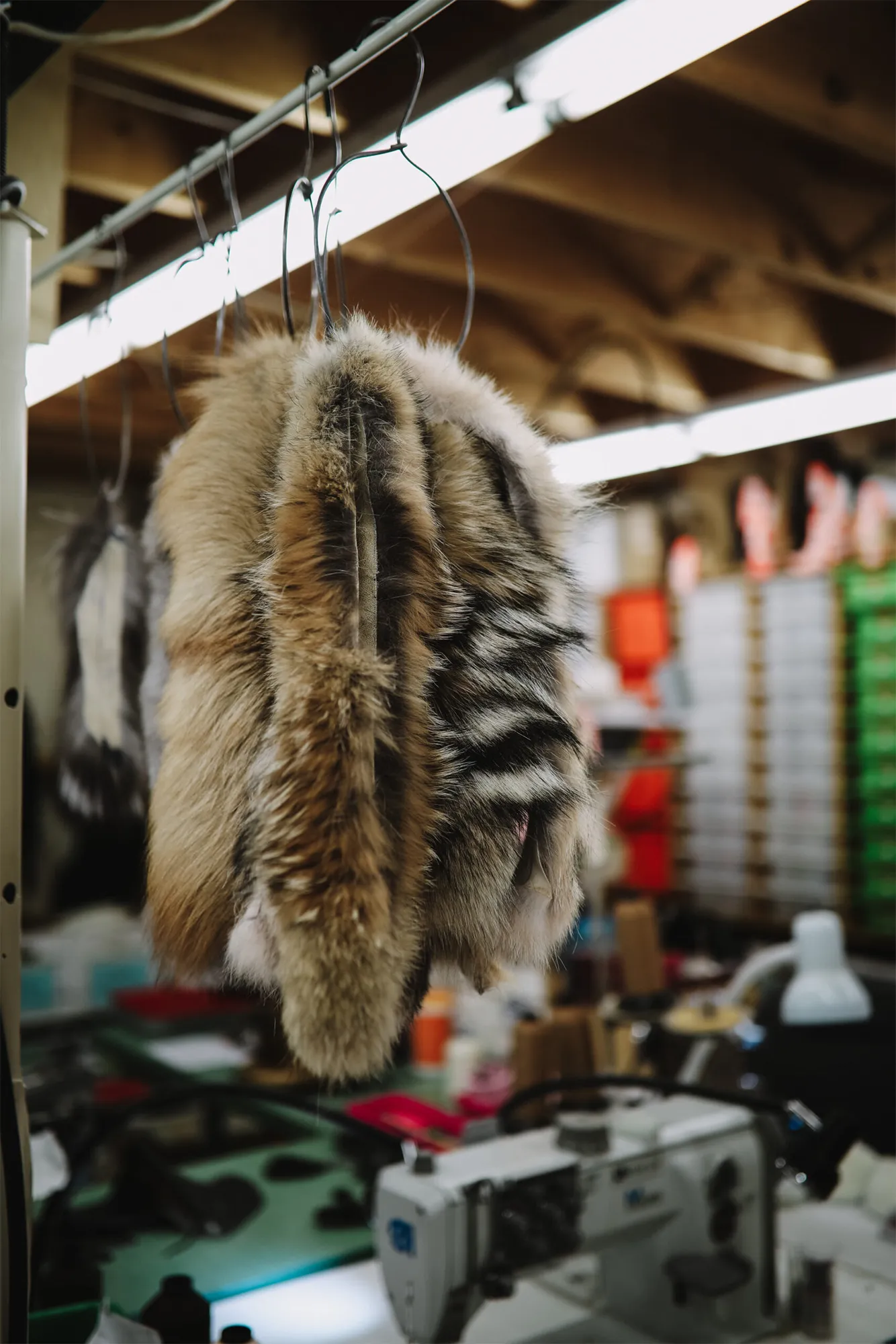Trapping is an activity unknown to a large part of the population. However, trapping and the fur trade have been practiced since the beginning of the 17th century. In the collective imagination, the fur economy remained ingrained at that time. However, trapping is an essential activity for our ecosystem and the environment. It should be noted that trapping practices have also evolved a great deal over the decades and have adapted to modern requirements. Trapping today is a way of living in harmony with nature and animals, using resources with moderation and gratitude.
A heritage to preserve
Trapping is an ancestral activity that is part of the history and culture of Canada. It consists of capturing wild fur animals, such as beavers, foxes, lynxes or raccoons, using traps adapted to each species. Trapping has long been a source of income and sustenance for First Nations and settlers. Today, it remains a practice that respects nature and animals, which contributes to the conservation of biodiversity and to the economic and social development of the regions. Without trapping, several species of wild animals would be on the verge of extinction. Trapping is essential to healthy biodiversity and a healthy forest.
A regulated and sustainable activity
Strict laws and regulations govern trapping in Canada. These rules aim to ensure the welfare of animals, the protection of endangered species and the maintenance of wild populations. The traps used by trappers must be certified and comply with the international standards of the World Trade Organization (WTO). Trappers hold a license and undergo mandatory training on trapping techniques, codes of ethics and safety rules. In addition, catch quotas are set according to scientific data and wildlife management plans. The activity is carried out with respect for wildlife, biodiversity and best practices, as provided for by the laws and regulations in force.
A beneficial activity for the environment and society
Trapping is an activity that brings many benefits to the environment and society. It allows to:
- Regulate wildlife populations and avoid overcrowding. Limit disease transmission, damage to infrastructure, and conflict with humans.
- Preserve the genetic diversity of species, by promoting the genetic mixing of species and limiting inbreeding.
- Valuing natural resources, using fur as a raw material. It is useful for making clothes, accessories or decorative objects.
- Support the local economy by creating jobs. This contributes to the income of trappers, artisans, traders and processors.
- Perpetuate the cultural heritage, by transmitting traditional know-how. Encourage the values of respect and responsibility towards nature.
If you want to know more about trapping in Canada, you can consult the website of the Federation of Trappers Managers of Quebec (FTGQ). The federation brings together more than 8,000 active members in all regions of Quebec. You will find information on the history and techniques of trapping, the species trapped and more.
A great way to encourage this essential practice is to avoid encouraging fast fashion. For example, opt for quality products made from biodegradable and sustainable materials like real fur and leather. Our Grenier boots, hats and mittens are perfect examples. We make these items from skins and furs that we buy from certified trappers.



